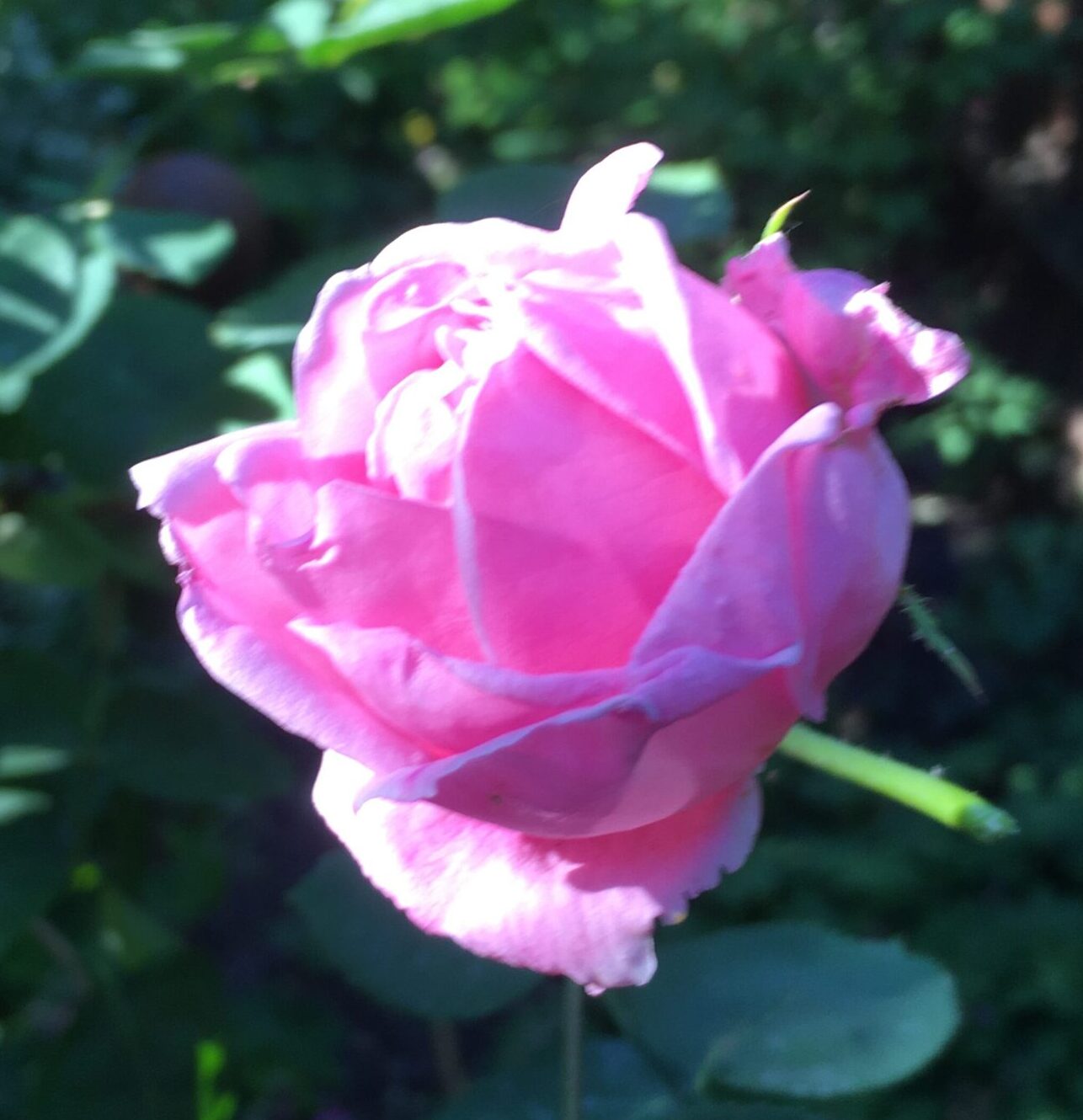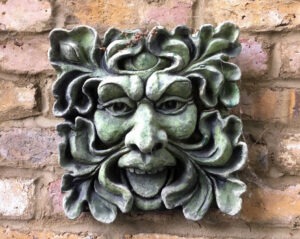Maybe too many writers have got overly excited about the ‘meaning’ of spring – that this season is fundamental to human spirituality and the hope of new life. However, there is no denying its metaphorical aptness, given the apparent reawakening of life, particularly if (like mine) your garden has looked almost lifeless for a couple of months. In that way, the metaphorical meaning of life in the garden and, in particular, its apparent re-emergence from slumber is undeniable.
Not being at all religious but acknowledging that most (if not all) people have some form of spirituality, I am particularly drawn by the ‘Green Man’ myth. The idea of a pre-Christian (pagan) icon, who is born in spring, reaches his zenith in summer, maturity in autumn, and dies an old man in Winter, only to be reborn in spring. That is, he represents the constant death and rebirth of nature and this idea is surely as old as mankind. However, some suggest that he may be a bridge between pre-Christian beliefs and Christianity – and many of Britain’s great cathedrals and churches have Green Men gazing down from their walls and pillars.


The name ‘Green Man’ was first used by Lady Raglan in March 1939 in an article for the ‘Folklore’ (previously, the images were known as ‘foliate heads’). He is particularly common in Britain and there are related figures, such as ‘Jack in the Green’ and ‘Green George’ that appear later in its folklore, with the earliest record of a Jack in the Green appearing in The Morning Chronicle and London Advertiser in 1775.

Wikipedia describes this icon as follows:
The Green Man is a legendary being primarily interpreted as a symbol of rebirth, representing the cycle of new growth that occurs every spring. The Green Man is most commonly depicted in a sculpture, or other representation of a face which is made of, or completely surrounded by, leaves.
However, he also seems to have appeared all over the world. For example, in Islam, “the Green Man is known as al-Khidr (from the Arabic root for ‘green’), and he functions as the source of mystical knowledge as well as life itself” (see Searching for the Green Man: Researching Pilgrimage in Israel/Palestine and Egypt).
So, what has this got do with NW10 and my garden?
Well, as I say, I love the idea of the Green Man and have used him as a motif throughout the garden. My examples peak out between leaves, are young and old, and one is somewhat androgynous and certainly beautiful as a symbol of spring, with others boldly gazing from the walls.


So, maybe those authors I berate above are not so wrong after all. See what you think of my interpretations of the Green Man myth and whether spring is symbol of new hope …


